Conures, with their vibrant plumage and charismatic personalities, have captured the hearts of bird enthusiasts worldwide. These small to medium-sized parrots from South America bring endless joy and companionship to their human families. However, caring for these intelligent, social creatures requires knowledge, dedication, and preparation. Whether you’re a first-time conure owner or looking to enhance your feathered friend’s quality of life, understanding the nuances of conure care—from their housing needs to mental stimulation requirements—is essential for fostering a thriving bird-human relationship. This comprehensive guide will walk you through everything you need to know about creating the perfect environment for your conure to flourish physically, mentally, and emotionally.
Choosing the Right Conure Species for Your Lifestyle
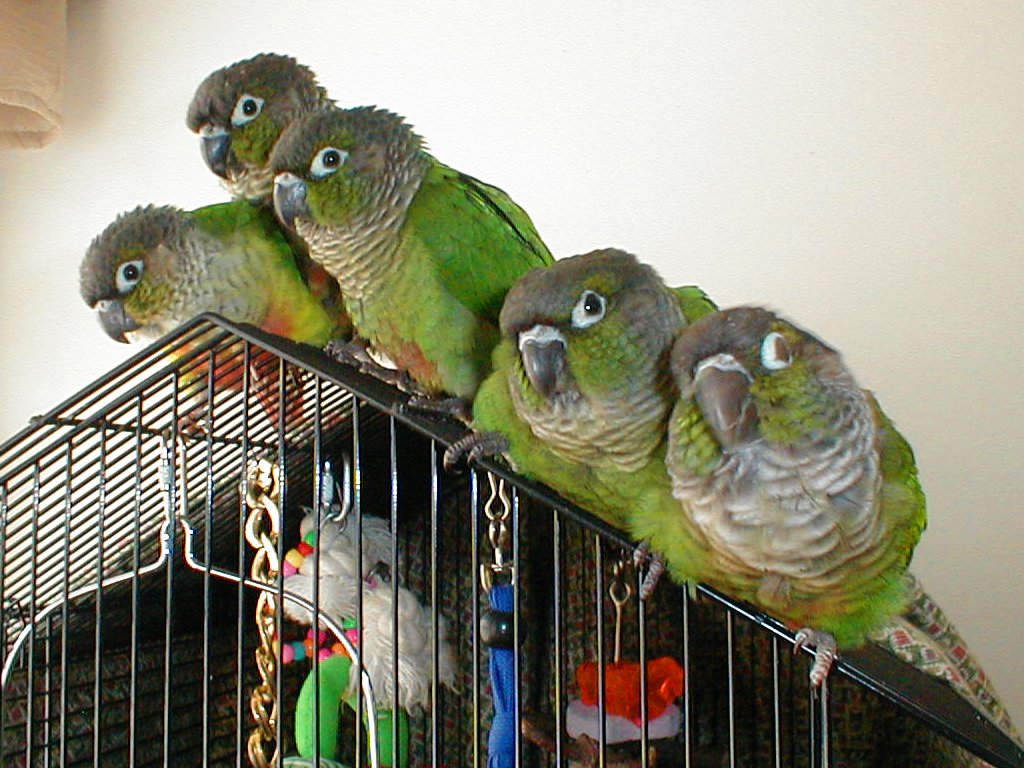
Before bringing home a conure, it’s crucial to research the different species to find one that matches your lifestyle and expectations. Green-cheeked conures tend to be quieter and more suitable for apartment living, while sun conures and jenday conures are known for their louder vocalizations that might challenge neighbors’ patience.
Consider factors such as noise tolerance, space availability, and the amount of time you can dedicate to interaction when selecting your species. Lifespan is another important consideration, as many conures live 20-30 years, representing a significant long-term commitment. Understanding the specific temperament and needs of your chosen conure species will set the foundation for a harmonious relationship for decades to come.
Essential Cage Requirements for Happy Conures

The cage serves as your conure’s primary living space and should provide ample room for movement, play, and comfort. For most conure species, the minimum recommended cage size is 24″ W x 24″ D x 30″ H, though larger is always better for these active birds. Bar spacing should be between 1/2″ to 3/4″ to prevent escape while allowing your conure to climb safely.
Select a cage with horizontal bars on at least two sides to facilitate natural climbing behavior, which is essential for physical exercise. The cage should include multiple perches of varying diameters and textures (natural wood branches are ideal), food and water dishes, and designated areas for toys while still allowing plenty of unobstructed flying space.
Strategic Cage Placement in Your Home
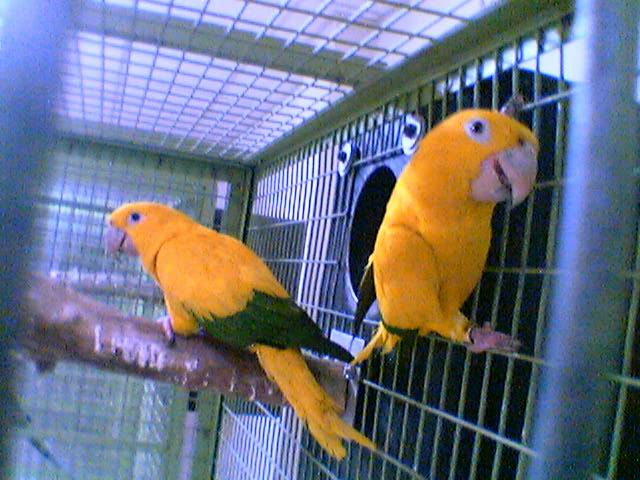
The location of your conure’s cage significantly impacts their psychological well-being and sense of security. Position the cage against a wall rather than in the center of a room, as this provides a sense of safety while allowing your bird to observe household activities.
Avoid placing the cage in direct sunlight, near air vents, or in kitchens where fumes from non-stick cookware can be toxic. Conures thrive when placed in family rooms where they can feel included in daily activities, but ensure they also have quiet times for rest, particularly at night when they need 10-12 hours of uninterrupted darkness. A corner placement in a frequently used room often represents the ideal balance between social inclusion and security for your feathered companion.
Creating an Enriching Cage Interior

Conures are intelligent birds that require mental stimulation to prevent boredom and destructive behaviors. Outfit your conure’s cage with a variety of toys that encourage different types of play, including chewing toys made of untreated wood or bird-safe materials to satisfy their natural foraging instincts.
Puzzle toys that dispense treats reward problem-solving and keep their active minds engaged throughout the day. Rotate toys weekly to maintain interest, introducing new challenges while removing and cleaning others. Include different perching options such as natural branches of varying diameters, which not only provide exercise but also help maintain proper foot health and prevent pressure sores that can develop from uniform commercial perches.
Nutritional Requirements for Optimal Health
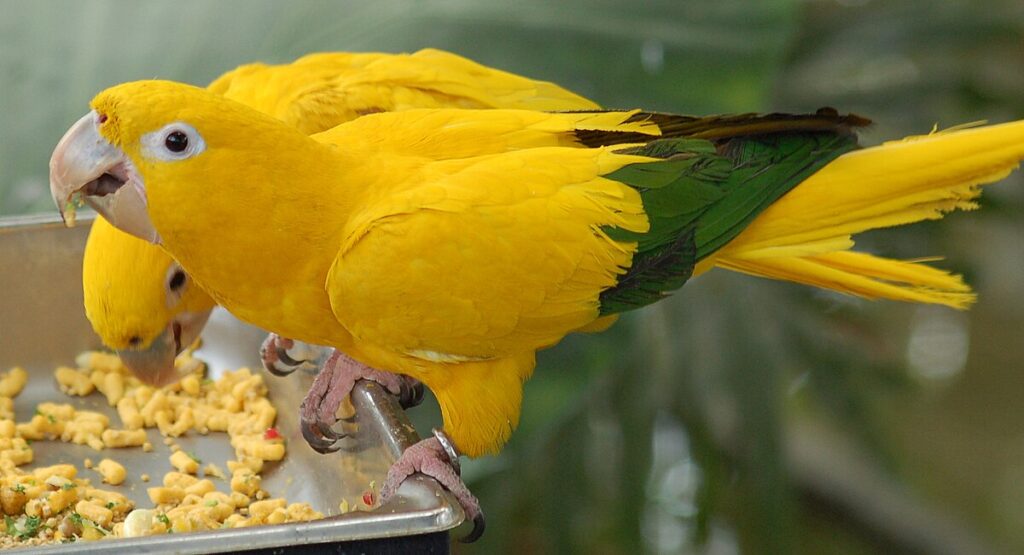
A balanced diet is fundamental to your conure’s health, longevity, and vibrant plumage. High-quality pellets should constitute approximately 60-70% of their diet, supplemented with fresh vegetables and fruits making up 20-30%, and seeds limited to about 10% as occasional treats due to their high fat content.
Dark, leafy greens such as kale, spinach, and collard greens provide essential vitamins, while colorful vegetables like bell peppers, carrots, and sweet potatoes offer important antioxidants. Fresh water should be available at all times and changed daily to prevent bacterial growth. Certain foods, including chocolate, avocado, caffeine, alcohol, and high-salt or high-sugar items, are toxic to conures and must be strictly avoided to prevent serious health complications.
Establishing a Cleaning Routine
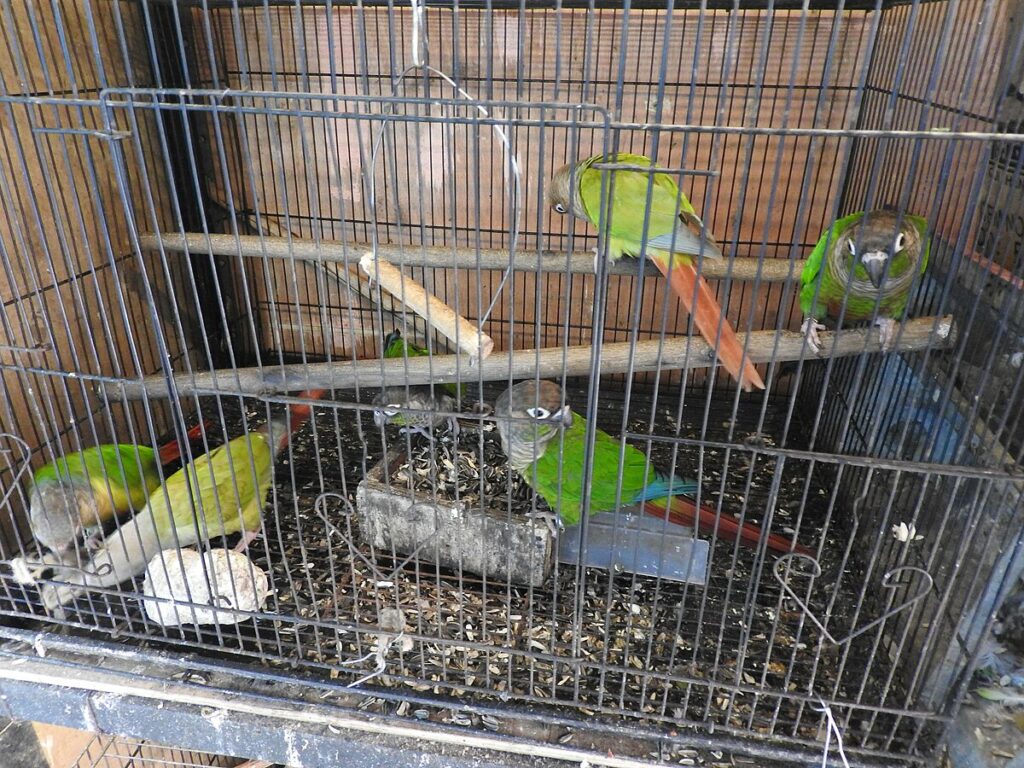
Regular cleaning is essential for preventing disease and maintaining a healthy environment for your conure. Daily cleaning should include replacing cage liners, washing food and water dishes, and removing obvious waste material. Perform a more thorough cleaning weekly by wiping down all cage surfaces with bird-safe disinfectant and cleaning perches and toys. Monthly deep cleaning involves disassembling the cage completely to clean hard-to-reach areas and soaking removable components in a diluted bleach solution (1:32 ratio), followed by thorough rinsing and complete drying before reassembly. Establish a consistent cleaning schedule and stick to it, as clean living conditions significantly reduce the risk of respiratory infections and bacterial diseases that can affect both your conure and your family.
Training Fundamentals for Conures

Training your conure builds trust, enhances your bond, and makes daily care routines easier for both of you. Begin with basic step-up training, teaching your bird to perch on your finger or hand on command, which forms the foundation for more advanced training. Use positive reinforcement exclusively, rewarding desired behaviors with praise, head scratches (if your bird enjoys them), or small treats, while ignoring unwanted behaviors rather than punishing them.
Keep training sessions short (5-10 minutes) but frequent to accommodate your conure’s attention span, ending each session on a positive note. Consistency is key—use the same commands and reward system across all family members to avoid confusing your intelligent bird who quickly learns to recognize patterns and expectations.
Social Interaction and Handling Techniques
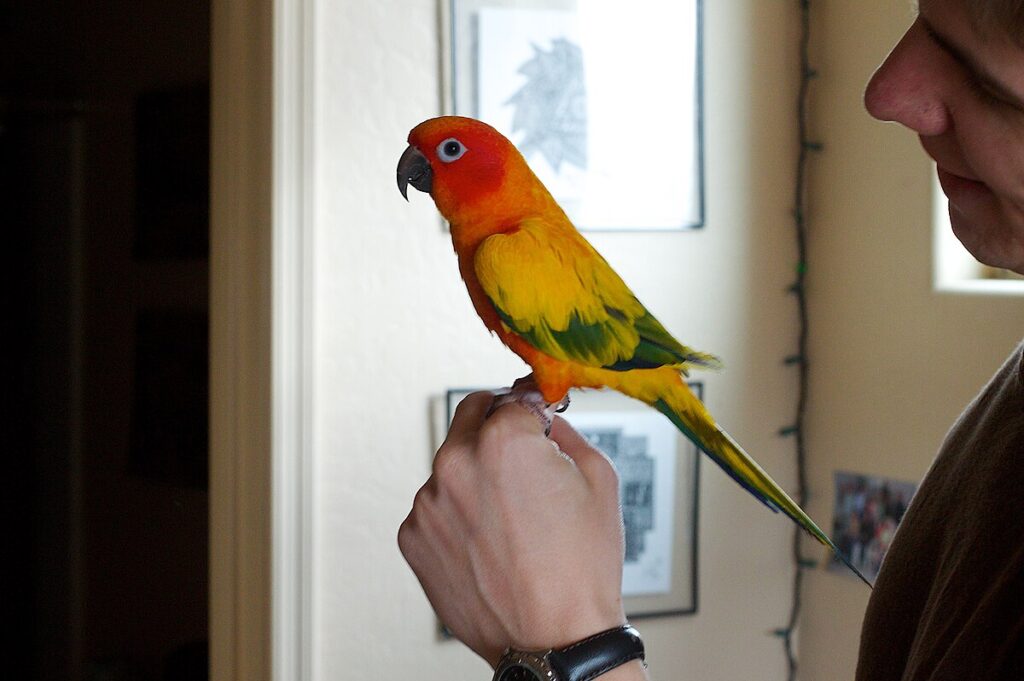
Conures are highly social creatures that require daily interaction to remain psychologically healthy and properly socialized. Aim for a minimum of 2-3 hours of out-of-cage time daily, during which your conure can exercise, explore safe environments, and bond with family members.
Approach handling with confidence but gentleness, supporting your bird’s body while allowing them to perch naturally on your hand or finger. Socialize your conure with different family members to prevent excessive bonding with just one person, which can lead to territorial or aggressive behaviors toward others.
Remember that body language speaks volumes—approach your conure at eye level rather than from above (which can be perceived as threatening), and respect their personal space, particularly during initial interactions or with a newly adopted bird.
Creating a Safe Out-of-Cage Environment
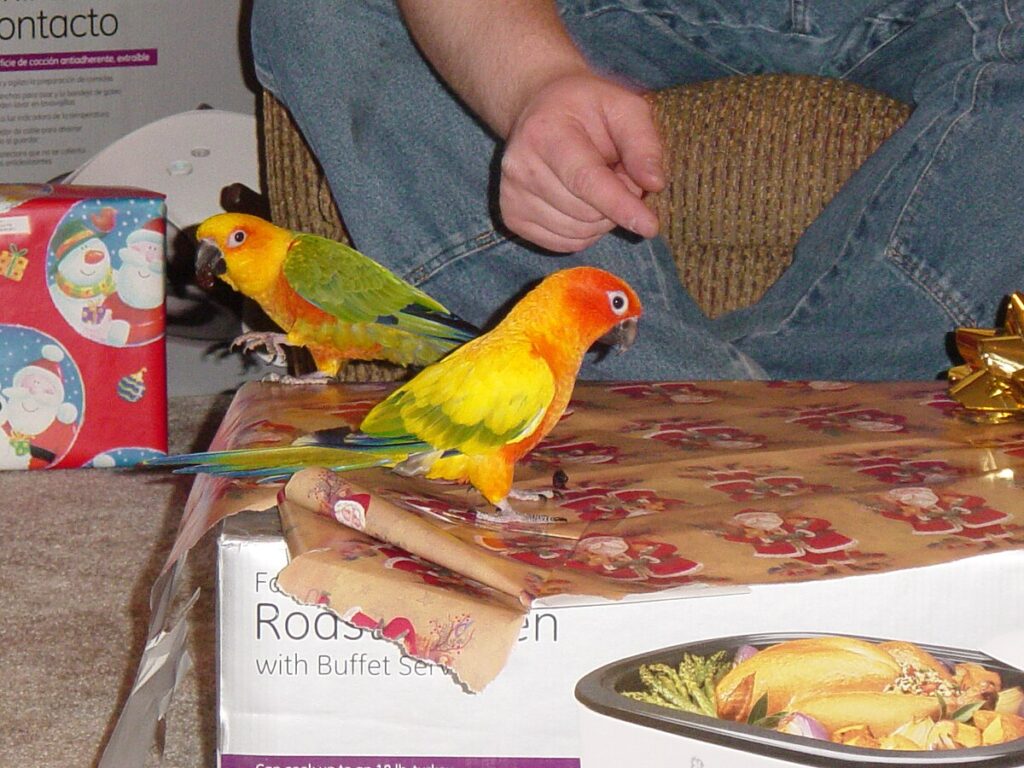
Before allowing your conure out of their cage, bird-proof the designated play area to prevent accidents and ingestion of harmful items. Remove potential hazards including toxic houseplants, unsecured electrical cords, open water sources like toilet bowls or cooking pots, and small objects that could be swallowed.
Close windows, turn off ceiling fans, and ensure that doors to the outside remain closed to prevent escape. Establish dedicated play stations with climbing structures, foraging opportunities, and interactive toys to encourage exercise and mental stimulation during free time.
Never leave your conure unsupervised outside their cage, as their curious nature and powerful beaks can quickly lead them into dangerous situations that could be avoided with proper oversight.
Recognizing and Addressing Common Health Issues
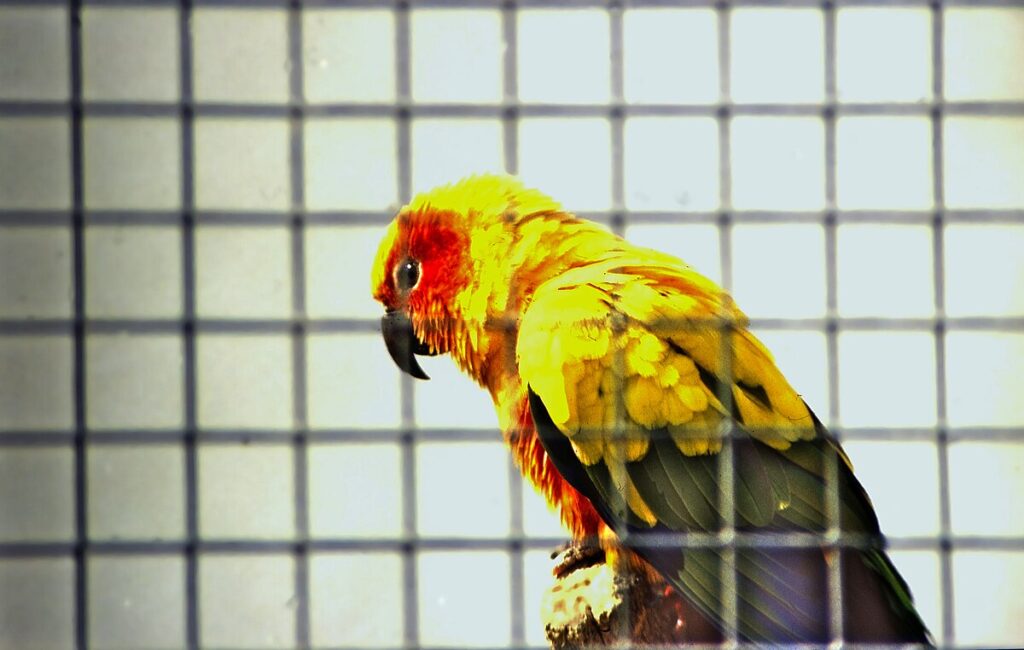
Familiarize yourself with signs of illness in conures, including changes in droppings, decreased appetite, lethargy, fluffed feathers, tail bobbing, or unusual vocalizations. Respiratory issues often manifest through wheezing, tail bobbing, or nasal discharge and require immediate veterinary attention as they can rapidly become life-threatening.
Feather plucking may indicate physical illness, nutritional deficiencies, or psychological stress, necessitating a comprehensive veterinary examination to determine the underlying cause. Establish a relationship with an avian veterinarian before emergencies arise, and schedule annual check-ups to catch potential health issues early. Maintain detailed records of your conure’s weight, behavior, and diet patterns, which can provide valuable baseline information should health concerns develop.
Bathing and Grooming Necessities
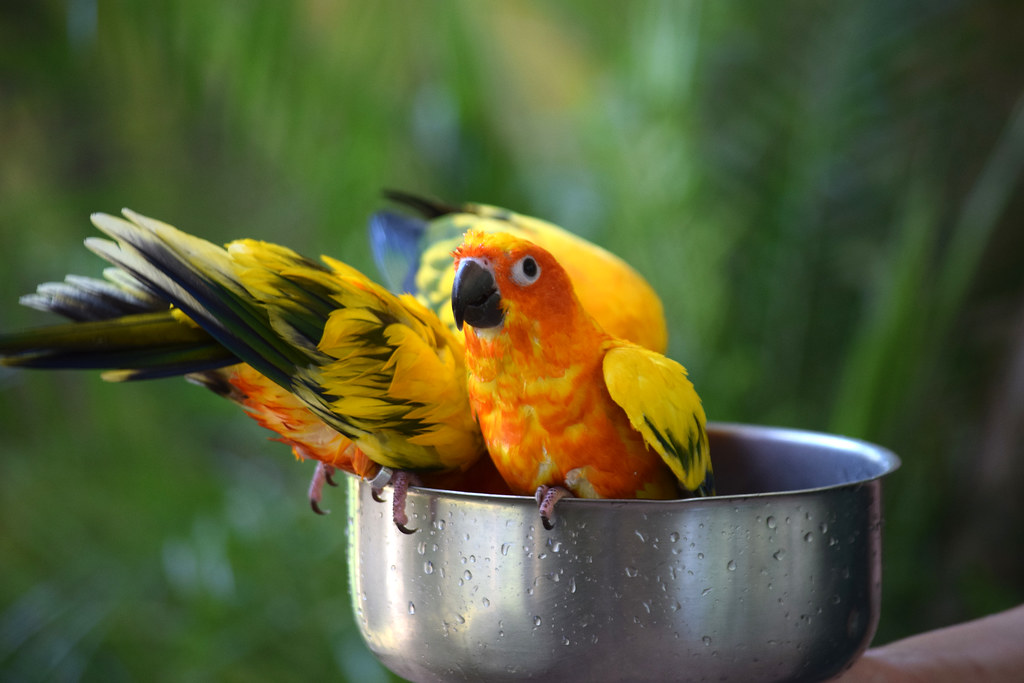
Regular bathing is essential for maintaining healthy skin and feathers in conures, especially in dry indoor environments. Offer bathing opportunities 2-3 times weekly through shallow dishes of water, gentle misting with room-temperature water, or shower perches for birds that enjoy the sensation of falling water. Most conures will require nail trimming every 2-3 months to prevent overgrowth that can cause perching difficulties or increase the risk of getting caught on cage materials. Wing clipping is a personal decision that should be discussed with an avian veterinarian, considering factors such as your home environment, the presence of other pets, and your ability to provide adequate exercise alternatives. Never attempt to trim your conure’s beak unless directed by a veterinarian, as improper trimming can cause pain and feeding difficulties.
Enrichment Activities and Mental Stimulation
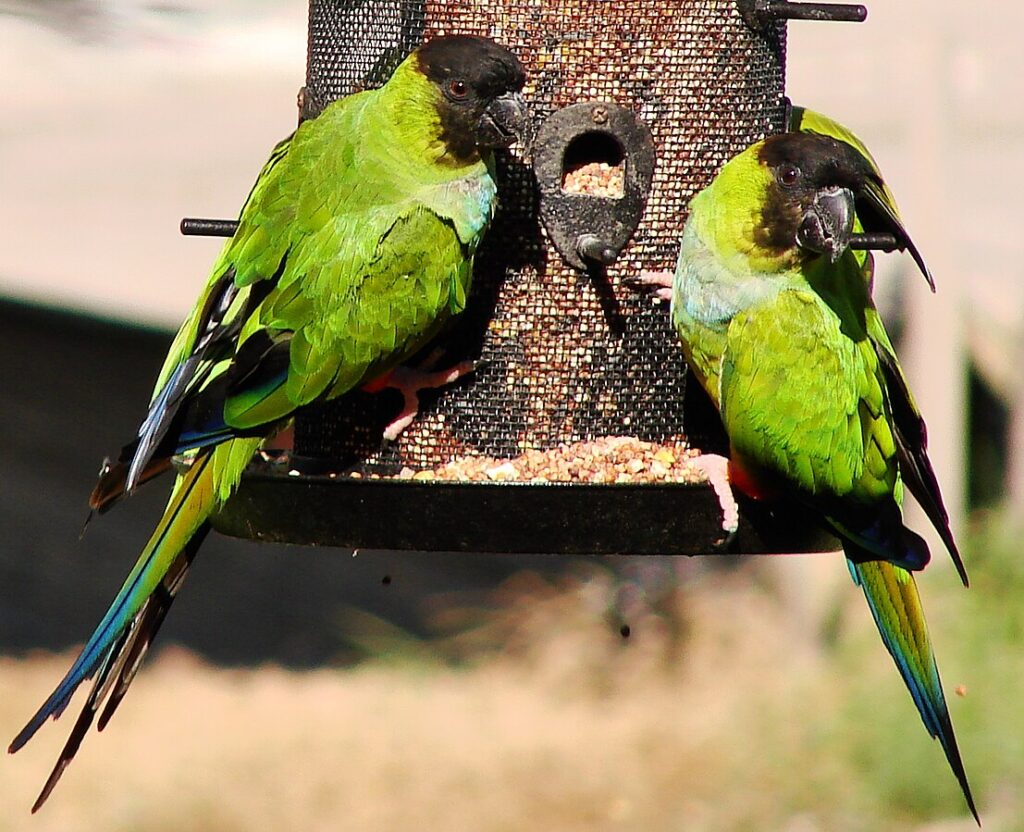
Mental stimulation is as important as physical exercise for preventing behavioral problems in these intelligent birds. Create foraging opportunities by hiding treats in specialized toys or wrapping food items in bird-safe paper, encouraging your conure to work for their rewards as they would in the wild.
Implement puzzle toys that require problem-solving skills to access treats, gradually increasing difficulty as your bird masters each challenge. Rotate toys regularly to maintain novelty and interest, introducing new items while removing others temporarily.
Many conures enjoy music or nature sounds, and some even dance to rhythmic beats, providing both entertainment for you and stimulation for them. Teaching new tricks or commands not only provides mental exercise but also strengthens your bond through positive interaction.
Building Trust and Deepening Your Bond
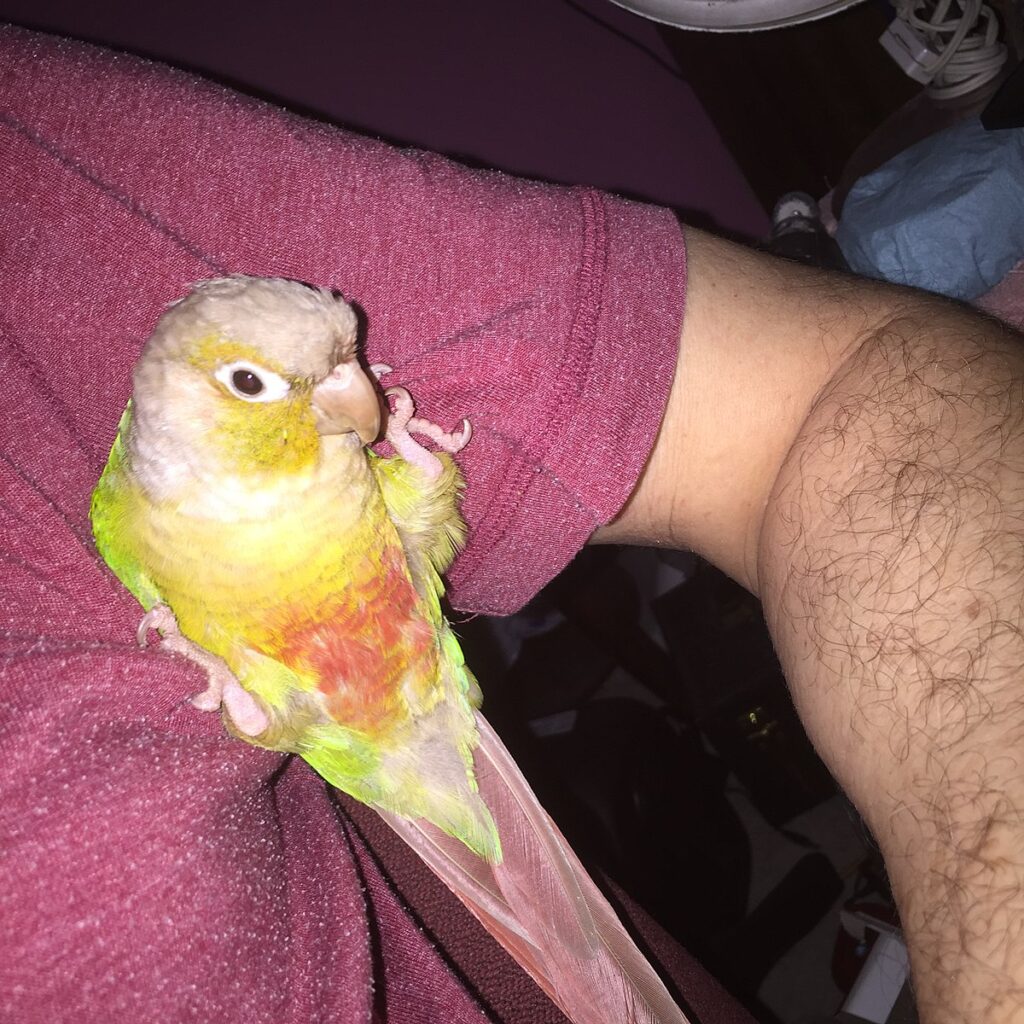
The relationship between you and your conure deepens through consistent, positive interactions that build trust over time. Speak softly and move predictably around your bird, especially during initial interactions or if working with a rescue bird that may have trust issues from past experiences.
Respect your conure’s body language and boundaries, backing off if they show signs of stress such as pinned pupils, raised feathers on the neck, or defensive posturing. Sharing meals can be a powerful bonding experience—offering bird-safe portions of your own healthy foods (avoiding those on the toxic list) creates a flock-like sharing behavior that conures naturally respond to.
Remember that trust develops at different rates for individual birds; some may bond quickly while others, particularly those with negative past experiences, may require months of patient, consistent interaction before fully trusting their human companions.
Caring for a conure is a rewarding journey that combines science, intuition, and genuine affection. These intelligent, social parrots thrive when provided with appropriate housing, nutrition, stimulation, and companionship tailored to their specific needs.
By implementing the comprehensive care strategies outlined in this guide, you’re setting the stage for a fulfilling relationship that can span decades. Remember that each conure has a unique personality and preferences—what works for one bird may need adjustment for another.
Through observation, patience, and responsive care, you’ll develop a deep understanding of your particular feathered friend’s needs and quirks. The effort invested in proper conure care returns tenfold in the form of a vibrant, engaging companion whose antics and affection will brighten your days for years to come.

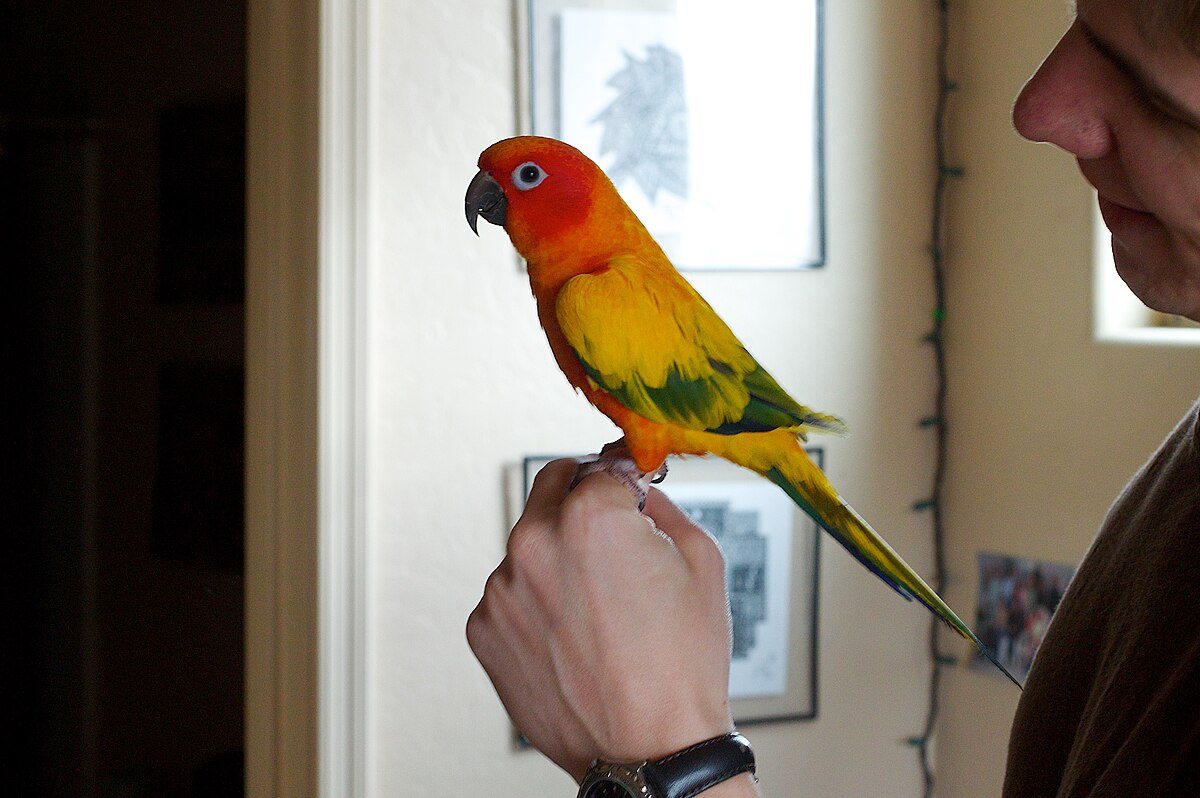

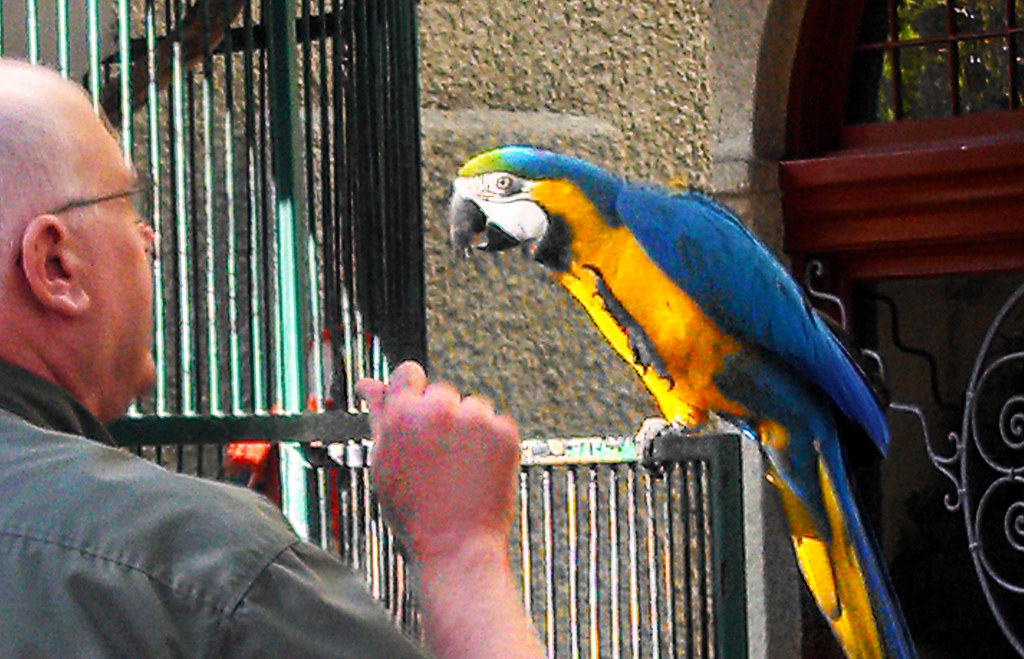
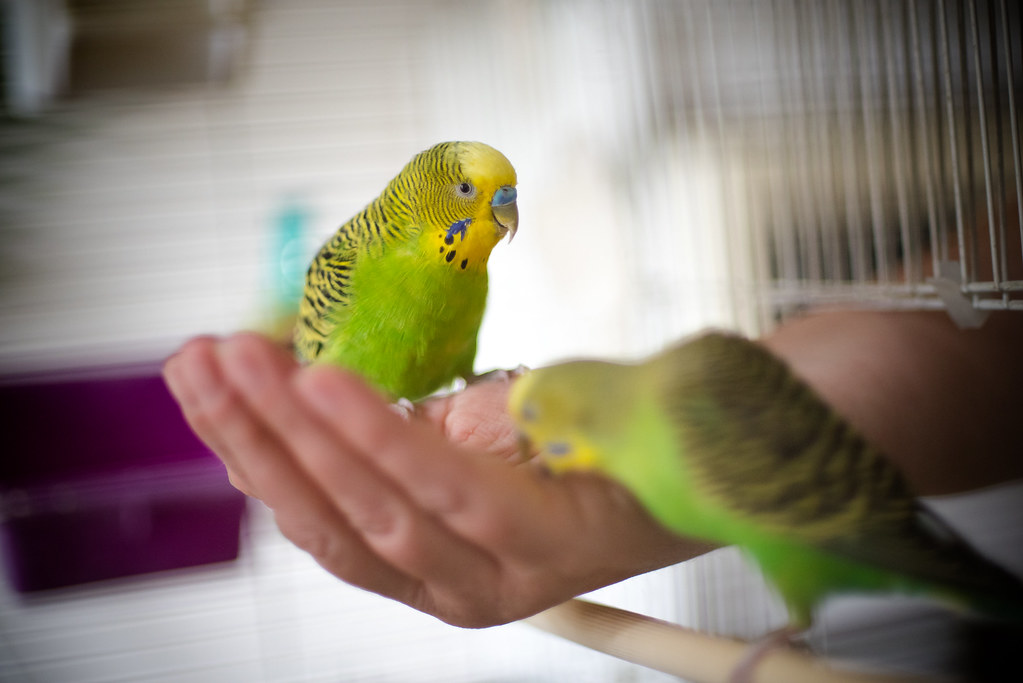
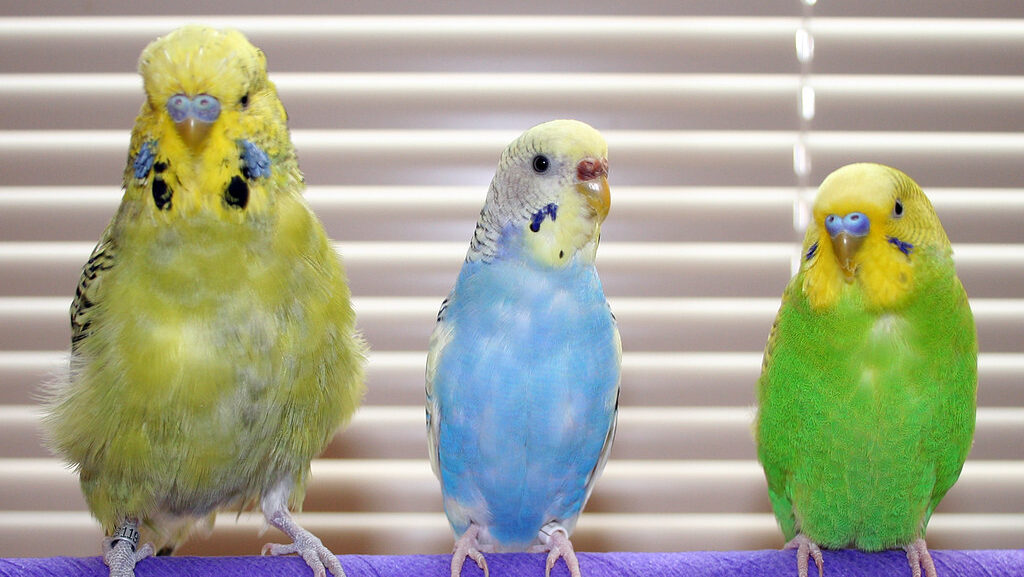
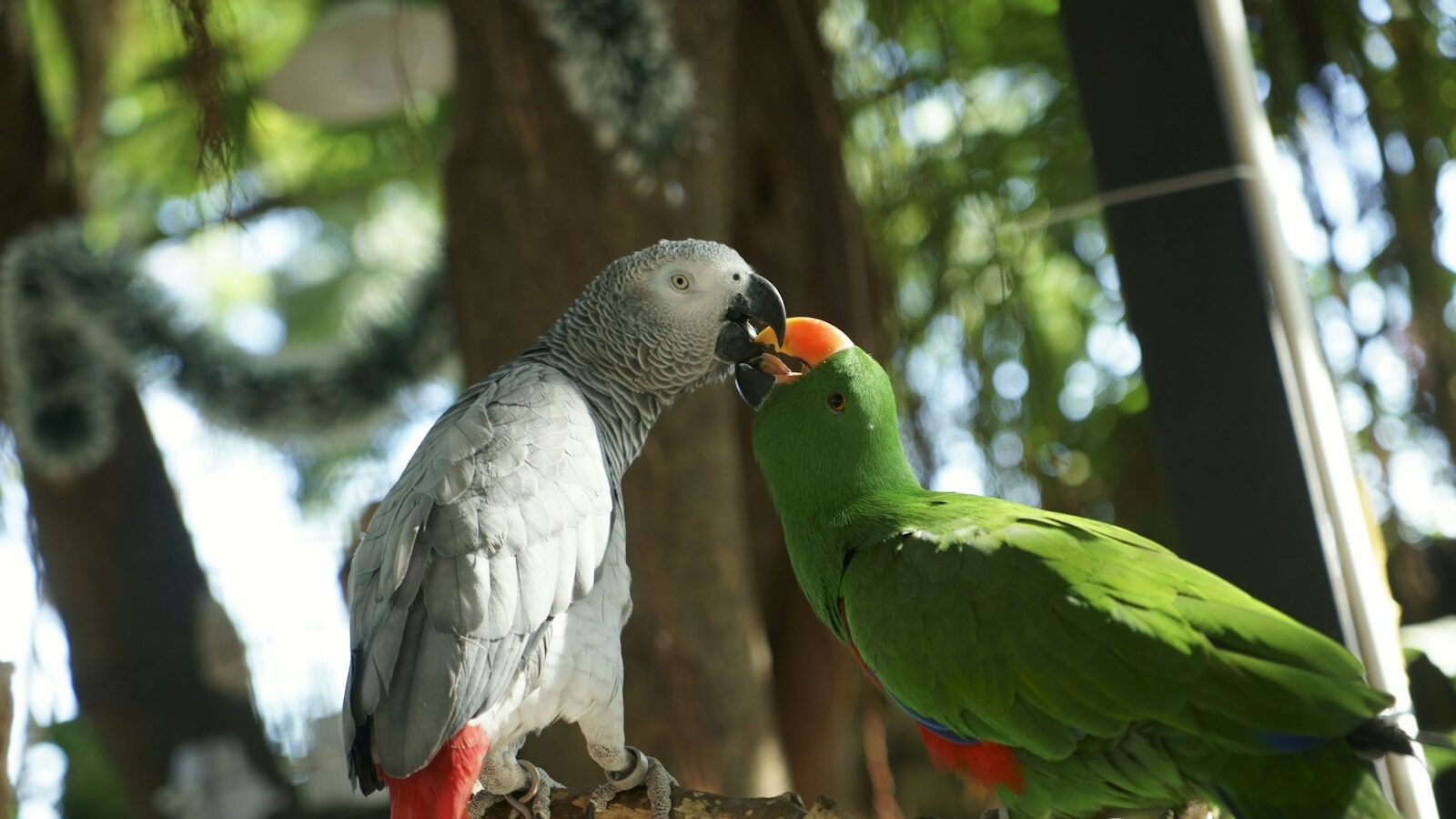
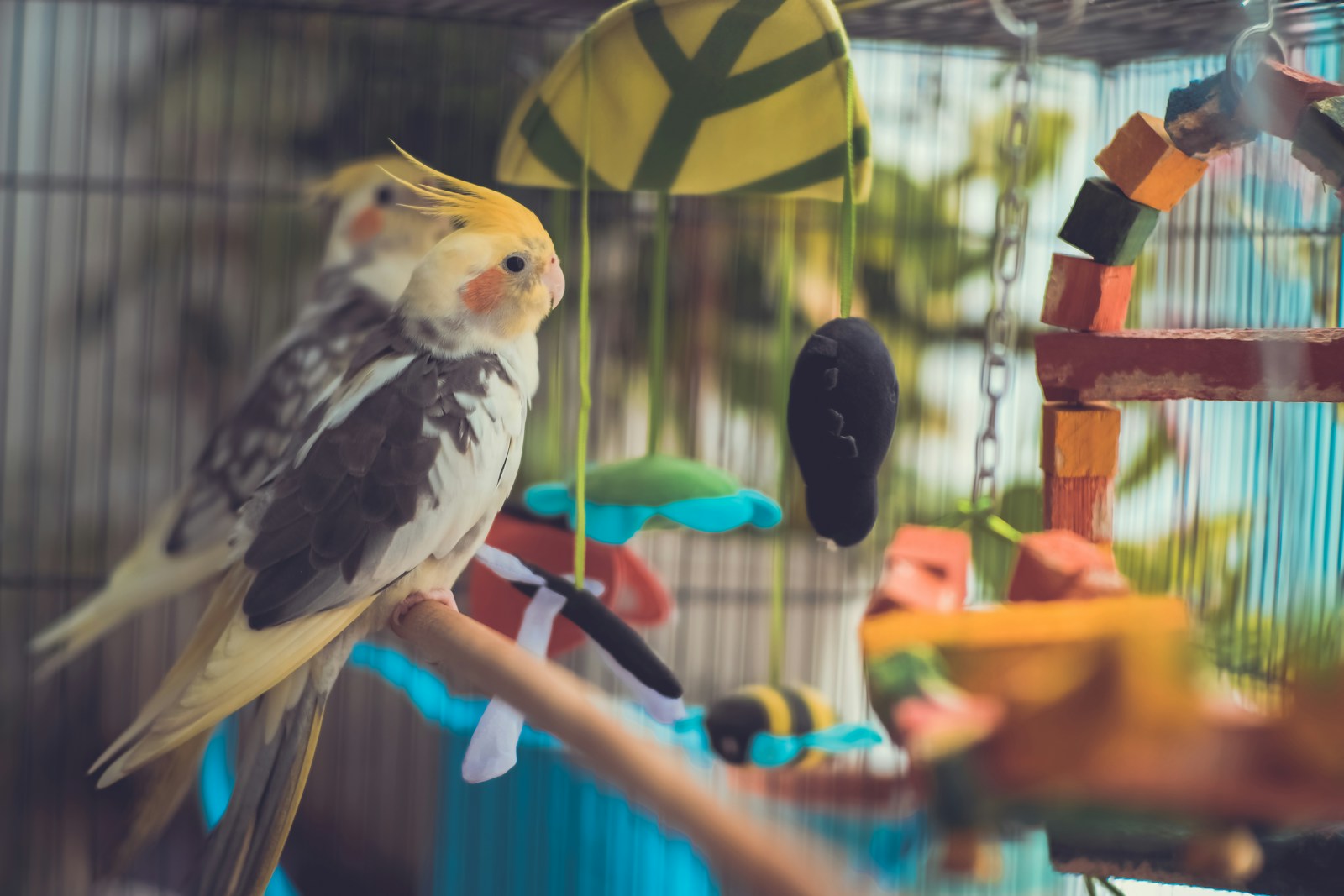
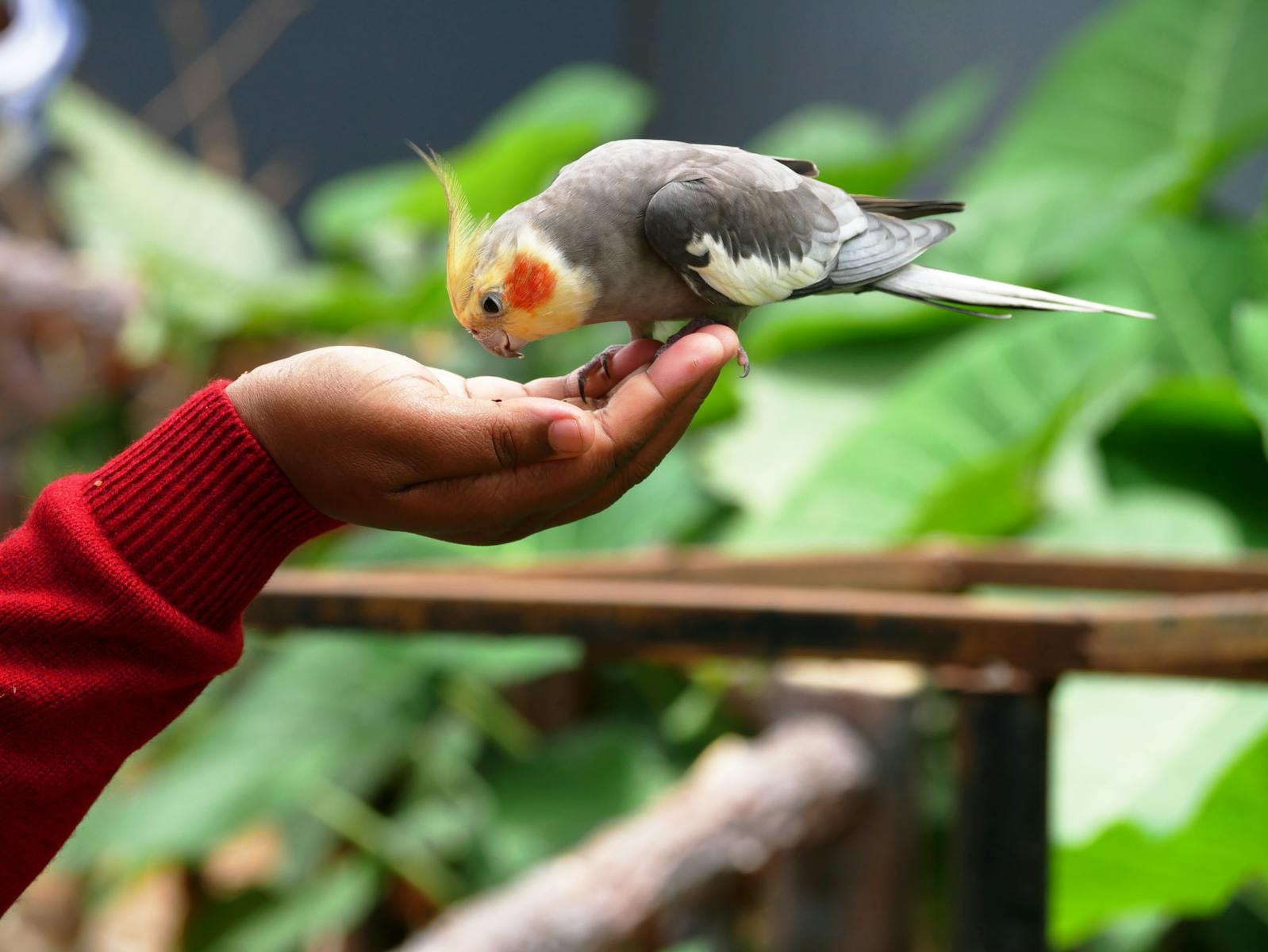






Leave a Reply